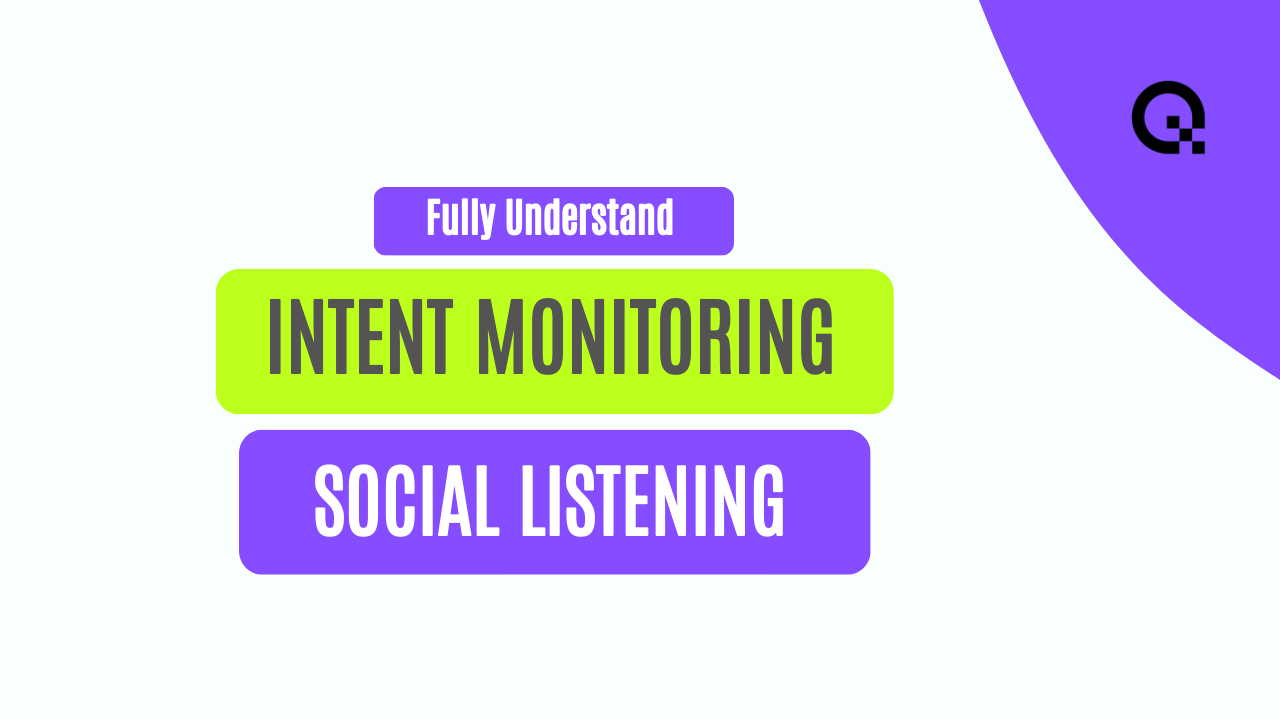The Importance of Understanding Your Total Addressable Market
Discover why knowing your total addressable market is crucial for business success.
Defining Total Addressable Market
Defining your total addressable market (TAM) is the first step in understanding the potential size and scope of your target customer base. It involves identifying the specific market segment or segments that your products or services are intended to serve. By defining your TAM, you can gain a clear understanding of the addressable market opportunity for your business.
When defining your TAM, it's important to consider factors such as geographic location, industry verticals, customer demographics, and purchasing power. This will help you narrow down your target audience and focus your marketing efforts on the most promising opportunities.
By gaining a deep understanding of your TAM, you can align your business strategy and resources to better meet the needs of your target customers and maximize your market potential.
Identifying Market Opportunities
Identifying market opportunities within your TAM is crucial for business growth and sustainability. By analyzing market trends, customer behaviors, and competitor activities, you can uncover untapped segments and niche markets that present new growth opportunities.
Market research and analysis can help you identify customer pain points, unmet needs, and emerging trends that can be leveraged to create innovative products or services. By understanding the unique challenges and desires of your target customers, you can tailor your offerings to better meet their needs and differentiate yourself from competitors.
Additionally, identifying market opportunities allows you to prioritize your resources and investments. By focusing on the most lucrative segments within your TAM, you can allocate your marketing budget, sales efforts, and product development resources more effectively.
Understanding Customer Needs
Understanding the needs of your target customers is essential for developing products or services that resonate with them and drive revenue growth. By conducting market research, surveys, and customer interviews, you can gain valuable insights into their pain points, preferences, and buying behaviors.
By understanding customer needs, you can tailor your marketing messages, product features, and pricing strategies to address their specific challenges and desires. This customer-centric approach increases the likelihood of attracting and retaining loyal customers, leading to long-term business success.
Furthermore, understanding customer needs allows you to identify opportunities for upselling, cross-selling, and customer retention. By anticipating their future needs and delivering exceptional customer experiences, you can foster customer loyalty and generate recurring revenue.
Competitive Analysis
Conducting a comprehensive competitive analysis is crucial for understanding your position in the market and identifying opportunities for differentiation. By evaluating your competitors' strengths, weaknesses, and market strategies, you can develop a competitive advantage and position your business for success.
Competitive analysis involves gathering information about your competitors' products, pricing, distribution channels, marketing tactics, and customer reviews. This helps you identify gaps in the market that you can leverage to offer unique value propositions or improve upon existing offerings.
By understanding the competitive landscape, you can identify areas where your competitors are falling short and capitalize on those weaknesses. Additionally, competitive analysis allows you to anticipate market trends and adjust your business strategy accordingly to stay ahead of the competition.
Strategies for Targeting Your TAM
Once you have a clear understanding of your total addressable market, it's important to develop strategies for effectively targeting and reaching your target customers. This involves segmenting your TAM into smaller, more manageable market segments and tailoring your marketing messages and channels to each segment.
One strategy for targeting your TAM is through personalized marketing campaigns. By leveraging customer data and analytics, you can create targeted messaging that resonates with specific segments of your TAM. This increases the likelihood of capturing their attention and driving conversions.
Another strategy is to establish strategic partnerships or distribution channels that allow you to reach a wider audience within your TAM. By collaborating with complementary businesses or leveraging existing networks, you can expand your reach and tap into new customer segments.
Additionally, continuously monitoring and analyzing the performance of your marketing efforts will help you refine your strategies and optimize your targeting. By leveraging data and insights, you can make data-driven decisions to maximize the effectiveness and efficiency of your marketing initiatives.



